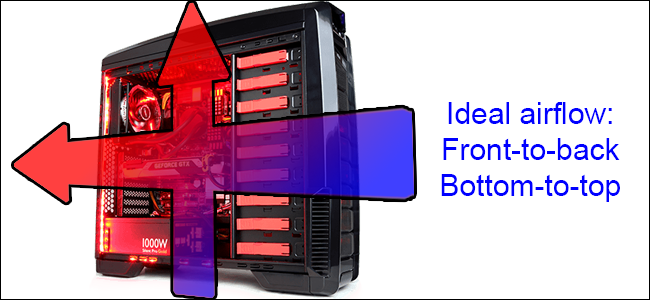

Another publication regarding push-pull devices has been released by three German research institutes and the German professional association for buildings and indoor climate. He found that decentralized devices fall short in air exchange efficiency compared to centralized devices, the measurements even came to the result that decentralized devices may lead to ventilation short-cuts ( ε a < 0.50).

Merzkirch compared push-pull devices with decentralized and centralized continuous flow ventilations systems both during field tests and in a CFD-simulation.

However, in the case which resulted in such high efficiencies the setup included heat sources with up to 325 W. regarding the air exchange efficiency of decentralized devices presented results with air exchange efficiency ε a for push-pull devices as high as 0.83. The tested measurement set-up is applicable for field measurements.Īn early publication by Manz et al. Local air exchange values suggest inhomogeneous air renewal depending on the distance to the indoor apertures as well as the temperature gradients between in- and outdoor. In dependence on these boundary conditions, the determined air exchange efficiency varies, lagging behind the expected range 0.5 < ε a < 1 in almost all cases, indicating insufficient air exchange including short-circuiting. Further investigations are dedicated to the effect of thermal convection due to human heat dissipation on the room air flow. The tests include summer, winter and isothermal supply air conditions since this parameter variation is missing till now for push-pull devices. In the presented study, a total of 15 preliminary tests are carried out in a climatic chamber representing a single room equipped with two push-pull devices. In recent years decentralised systems with an alternating operation mode and fairly good energy efficiencies entered the market and following question was raised: “Does this operation mode allow an efficient air renewal?” This question can be answered experimentally by performing a tracer gas analysis. However, this does not necessarily lead to a system actually able to renew the air volume of the living space effectively. The dimensioning of a ventilation system for nearly zero energy buildings is usually based on the air flow rate desired by the clients or requested by technical regulations. The increasing installation numbers of ventilation units in residential buildings are driven by legal objectives to improve their energy efficiency.


 0 kommentar(er)
0 kommentar(er)
